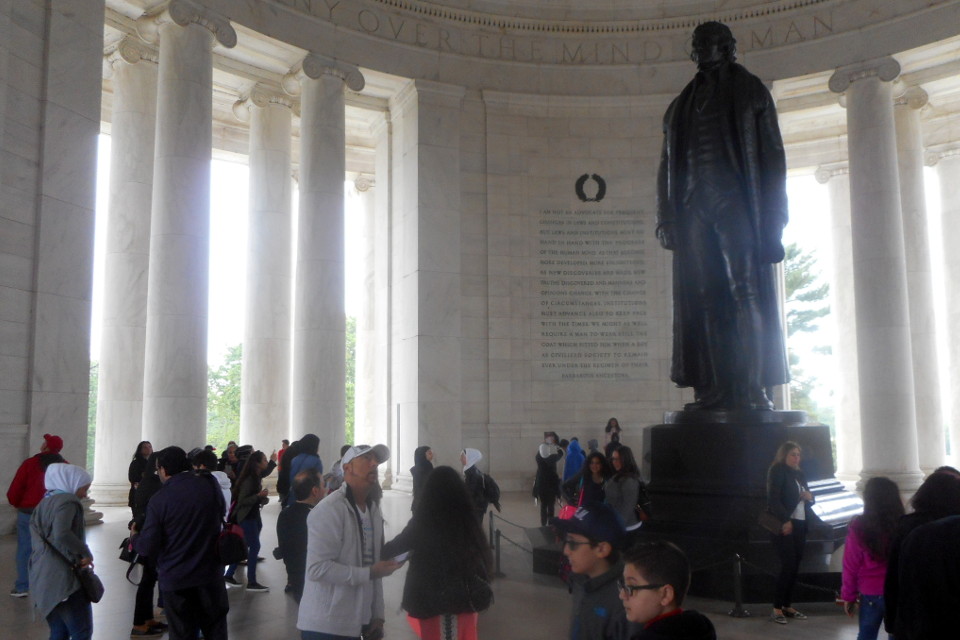
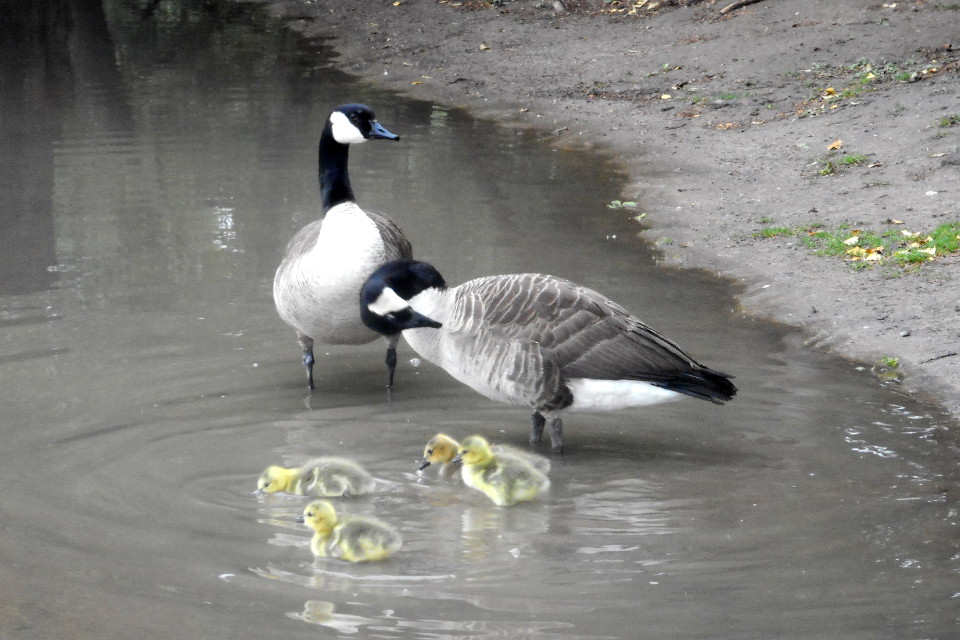
After having spent a day out of town looking at obscure museums that catered to my specific interests, it was good to spend a day in the city checking out the popular favorites.
I walked around the Tidal Basin, looking at monuments and memorials along the way. It was a nice walk.


I saw the big FDR Memorial. FDR hadn't wanted a big memorial. He wanted only a block of stone by the National Archives. But you don't always get what you want, even if you're President of the USA.
I wanted to see the Renwick again. Mostly I wanted to see Game Fish again. Sure, you could say Game Fish was loud and low-brow and I was a philistine for liking it. But years after having seen it, I had fond memories of it, and wanted to see it again.
I didn't know that the Renwick had been closed for renovations for a couple of years. Thus, what I saw instead of Game Fish was "Wonder", some pieces of contemporary art to celebrate the re-opening.
When I saw "Shindig", I recognized Patrick Dougherty's woven willow saplings: I'd picked up a puzzle from his "Current" in Palo Alto.
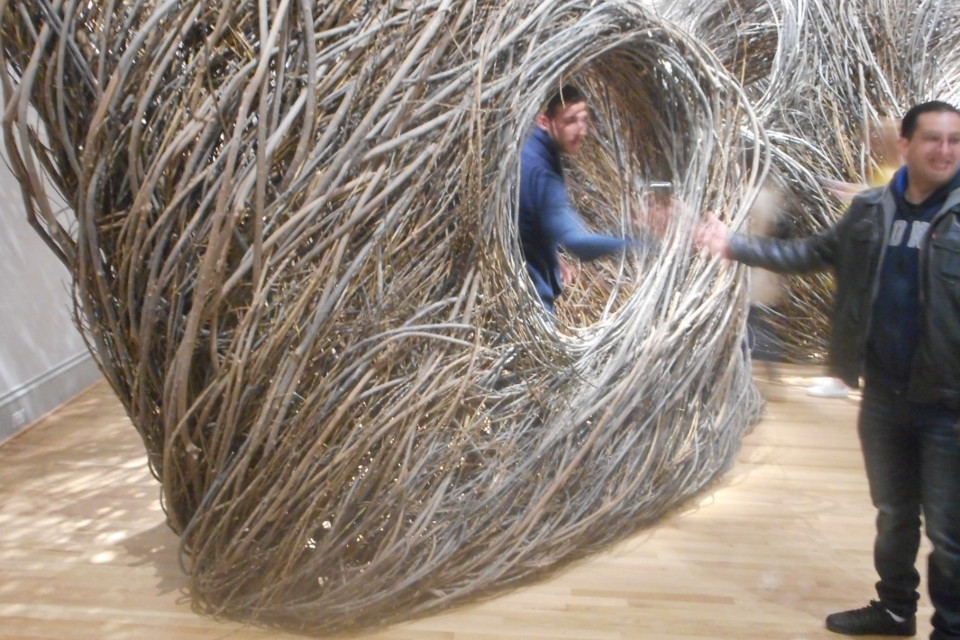
Leo Villareal's "Volume" made me think about opportunity cost. I thought of Villareal as the guy who'd organized the Bay Lights, LEDs on the San Francisco-Oakland Bay Bridge, lights that blinked in patterns. It wasn't something you'd cross town to see; it was less interesting than bad demoscene. But it had made the Bay Bridge more interesting than a bridge with no lights. And what else were you going to do with a bridge?
But here was a room of the Renwick given over to yet more Villareal blinking lights. They weren't interesting. But this wasn't some bridge, some place where blinking lights might be the most interesting thing you could install. This was a room in a museum. I thought about Game Fish. I missed Game Fish. I'd have to keep on missing it; it wasn't on display.
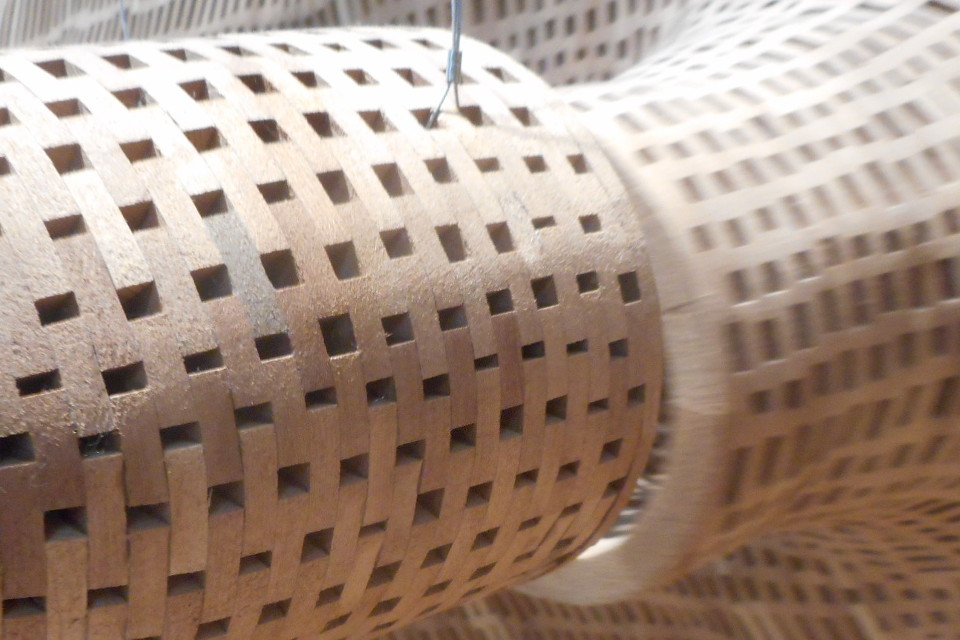
John Grade's "Middle Fork (Cascades)" was strongly affecting, but not in the usual artistic way. It was a huge tree-shaped construction, hanging from the ceiling in pieces. It filled up most of the room. To see it from different angles, I had to duck under its "branches" as I went around. So there was a constant worry: How can I avoid destroying this artwork? When I'd been in there a while, there was a big THOOM and the pieces of "trunk" swung back and forth. Apparently, someone had bumped into one. They hadn't pulled anything down, but somehow this was not reassuring.
I visited the Smithsonian Air/Space museum, but could have seen most of the good stuff by looking at their online Time and Navigation exhibit instead. And none of my photos of things-under-shiny-reflective-glass turned out well, sorry. They just turned out being great shots of shiny reflective glass. Still, I learned.
I learned that in the early days of airplane navigation, your sextant had to be accurate and streamlined. You'd stick your head up out of the aircraft to take sightings. Just before World War II, a new invention came along, the "Astrodome": a plexiglass bubble-window affixed to the fuselage. Now your plane could go fast and at cold altitudes and your navigator could take sightings without having their head ripped off and frozen.
Still, an astrodome was a weak point on the fuselage. It could pop off, and suddenly your poor navigator was sucked out of the plane. Later on, folks developed a sort of combination sextant-periscope; thus you only had to harden the fuselage around a little periscope-head instead of the perimeter of a human-sized plexiglass window.
The Gatty Drift Indicator looked like a nigh-featureless T-shaped metal box, but it was interesting to learn how it worked when I got home.
Some interesting things weren't in the time+navigation exhibit. There was a Yuri Gagarin spacesuit, e.g.
An exhibit described space spying. Or at least, when the USSR did it, this exhibit called it "spying." When the USA did it, this exhibit called it "reconnaissance". I learned about the USSR Almaz spy space stations, which were armed to repel boarders.
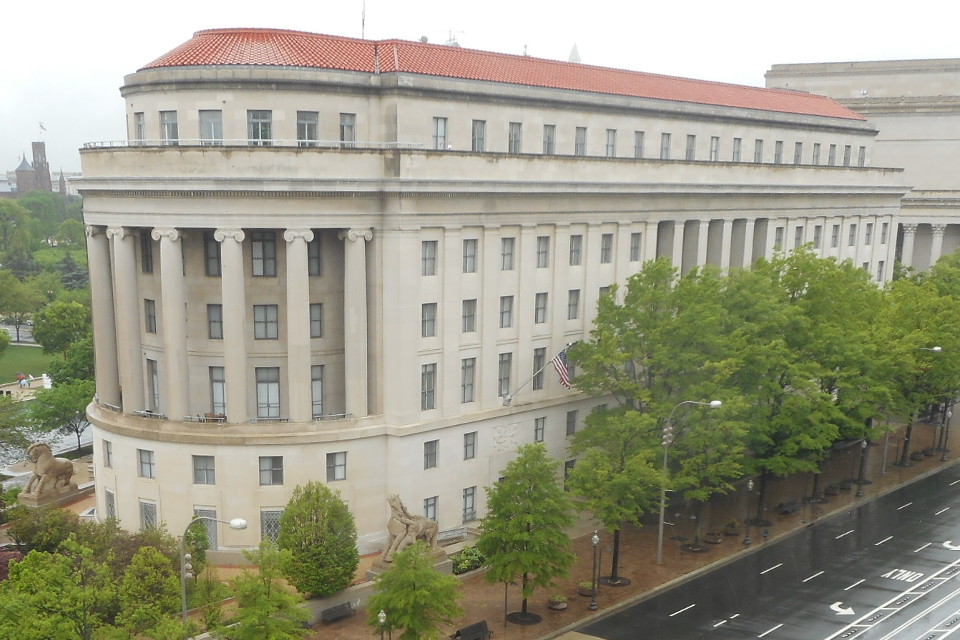
My cousin was known back in school days as "Dan Dan the Econ Man," so it's not so surprising that he works at the Federal Trade Commission now, measuring aspects of the US economy to detect when various shenanigans break markets. He met me outside an FTC office building at 6th and Pennsylvania. Statues showed burly folks reining huge energetic horses; Dan joked that this illustrated the government's restraint of trade.
We headed back to his new-to-me house in the DC 'burbs. Laura and Judy and Jamie and Charlie were there, as were the dogs. Nephew Daniel was at the tail end of a visit from NYC; Yana and her mom came along so they could bring him back. So the joint was jumping. I'd just missed Nancy and Cedric and Paul visiting from Seattle. There was pizza and conversation.
There was talk of the house and dogs and migraines. There was talk of trade and Trade. (Laura is another FTC smartie.) Of living in DC. (I'd seen three police organizations responding to that fender-bender, but that was a small fraction of the police forces swarming DC.) There was the care of pizza stones and other Hoskens and things I should see while I was in DC.
I found out that if you're avoiding the pejorative term "patent troll," you might instead say "patent assertion entity" to refer to folks-who-sue-over-patents-but-don't-actually-build-anything-themselves. And you might avoid pejorative terms if you're trying to figure out if such a term is warranted. Apparently the FTC was looking at such folks to figure out if they were causing harm. (Sure, we tech nerds might tell each other that patent trolls are harmful, but we don't back that up with measurements.)
And there were other topics. I was in town for a puzzlehunt, so we talked about the Washington Post Hunt and the UChicago scavenger hunt. We stayed up late talking. No, I didn't think to take any photos. Whoops.